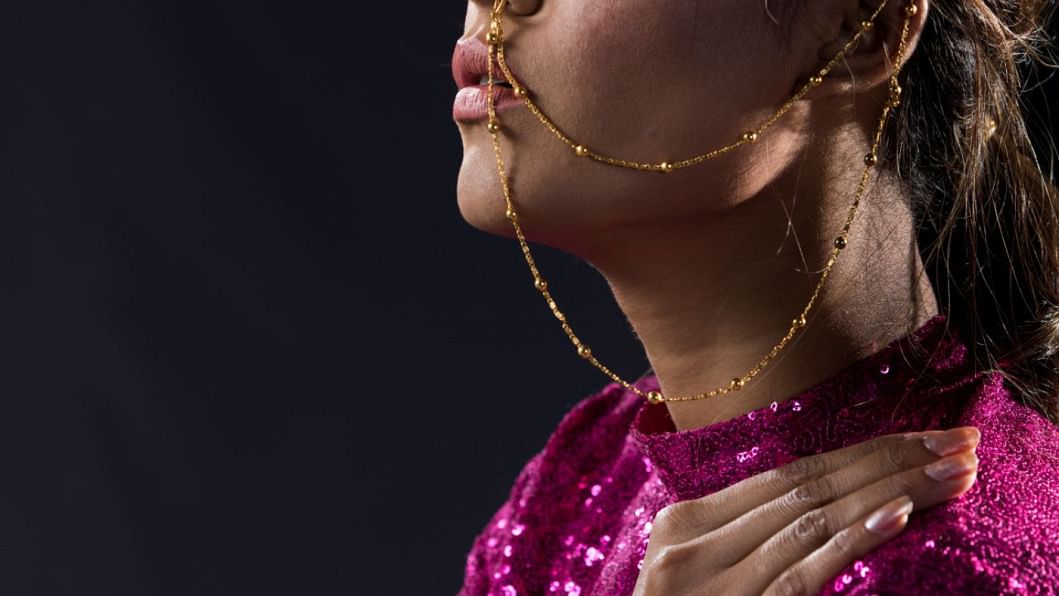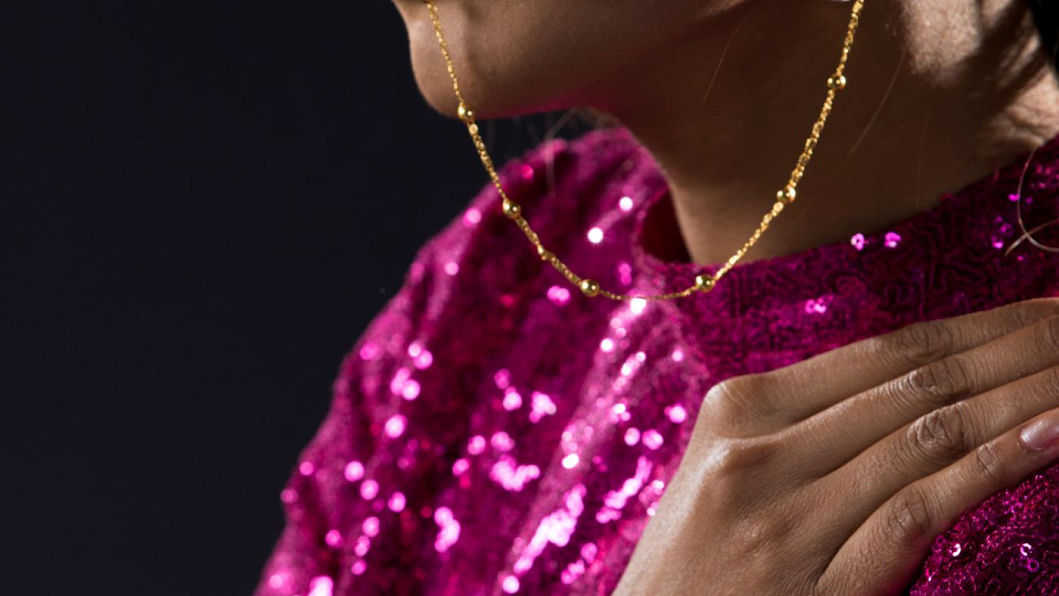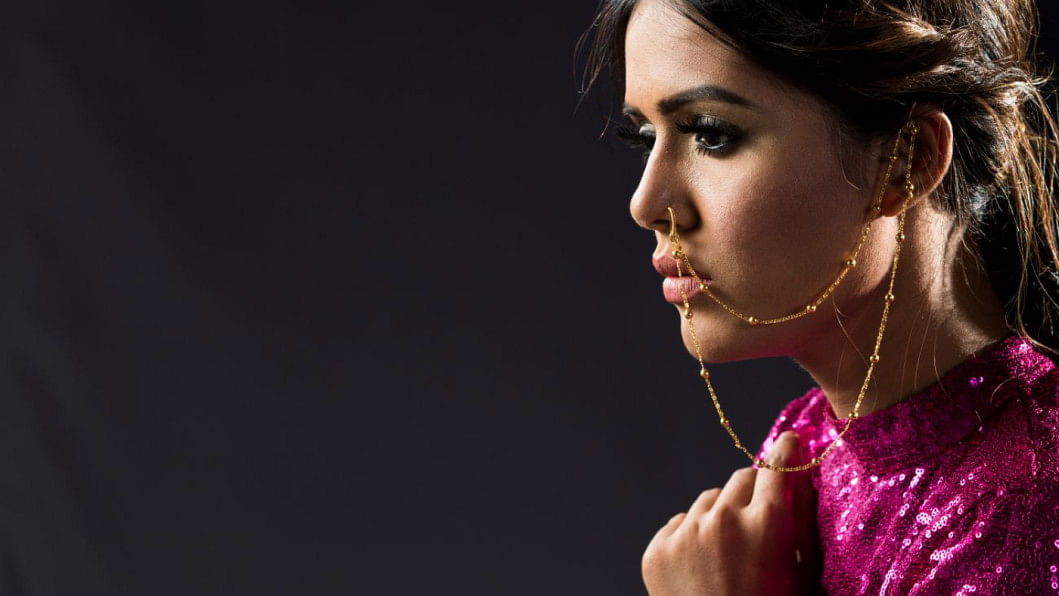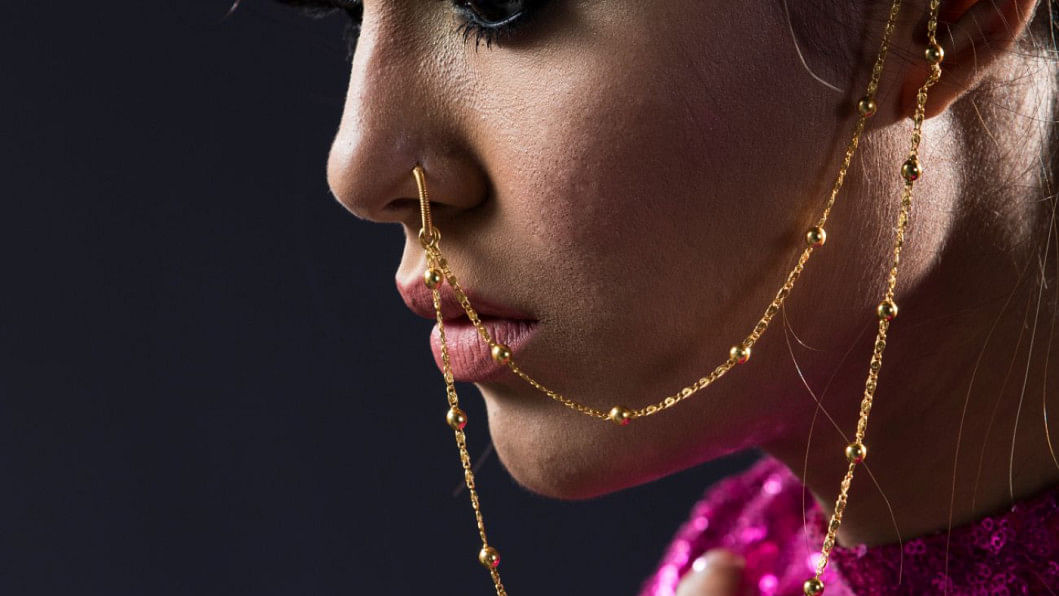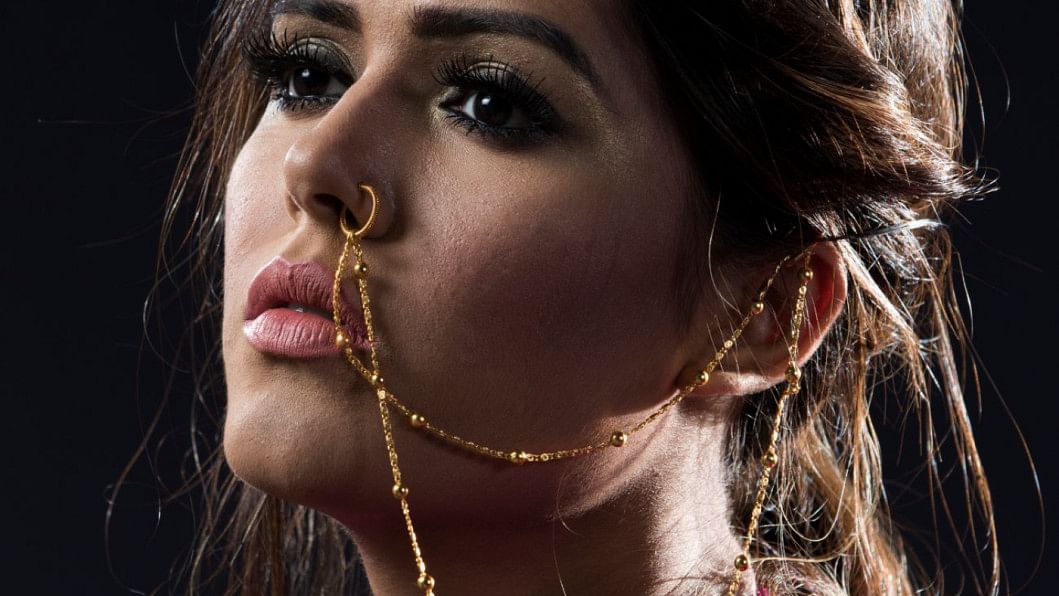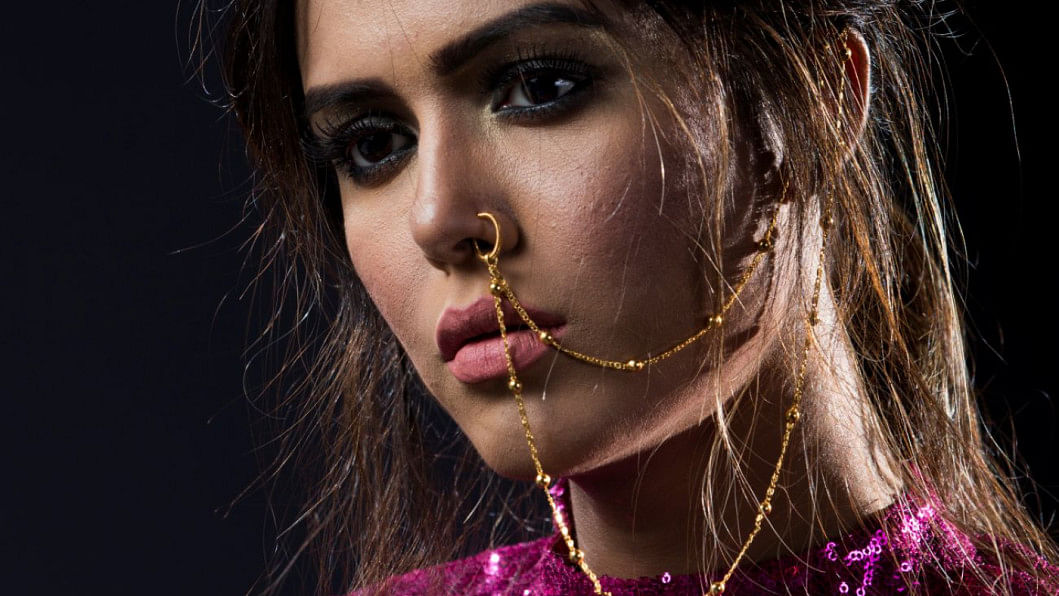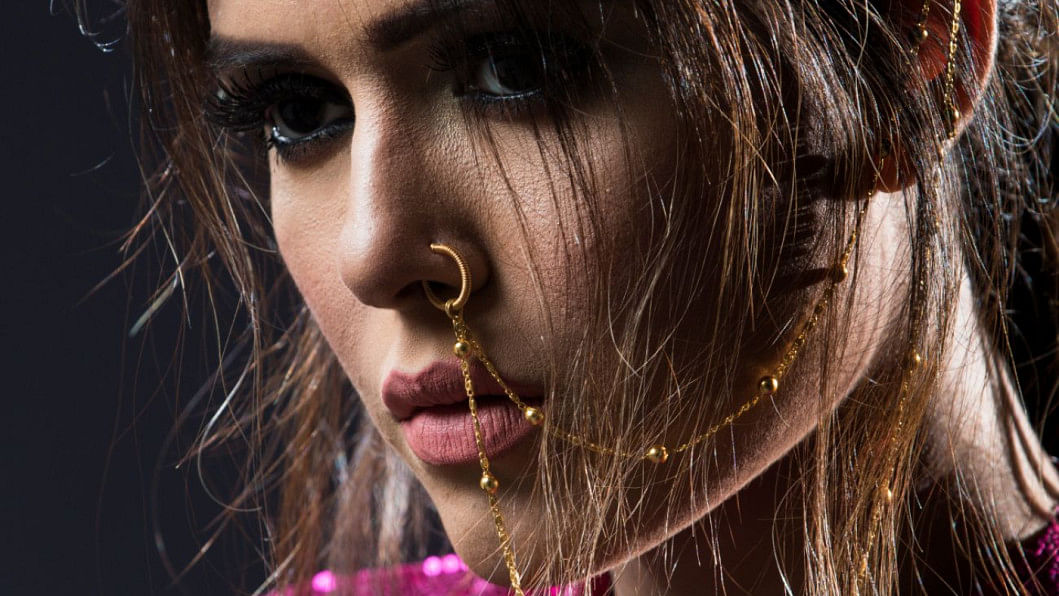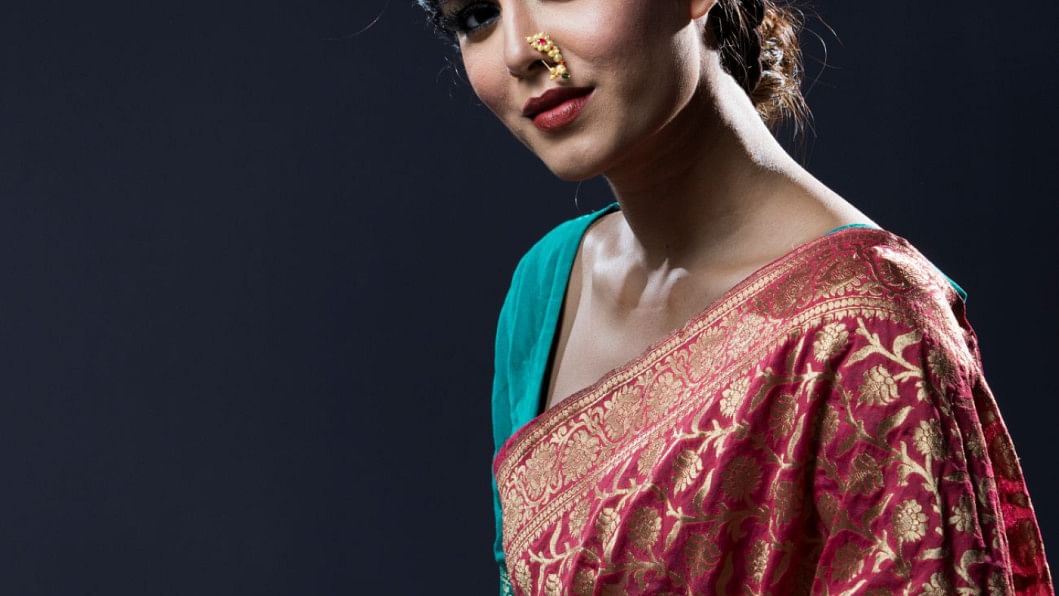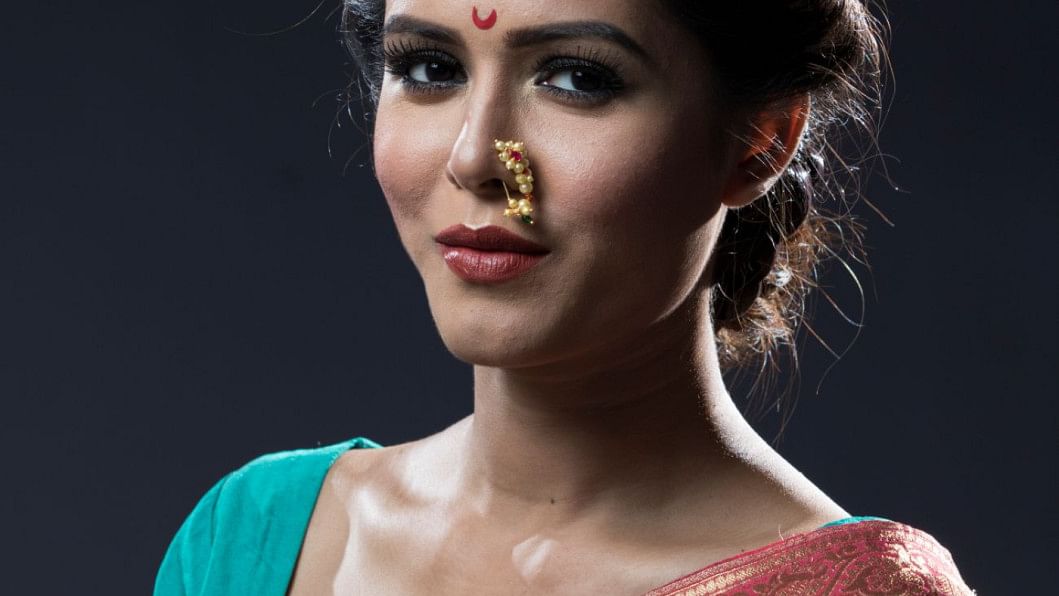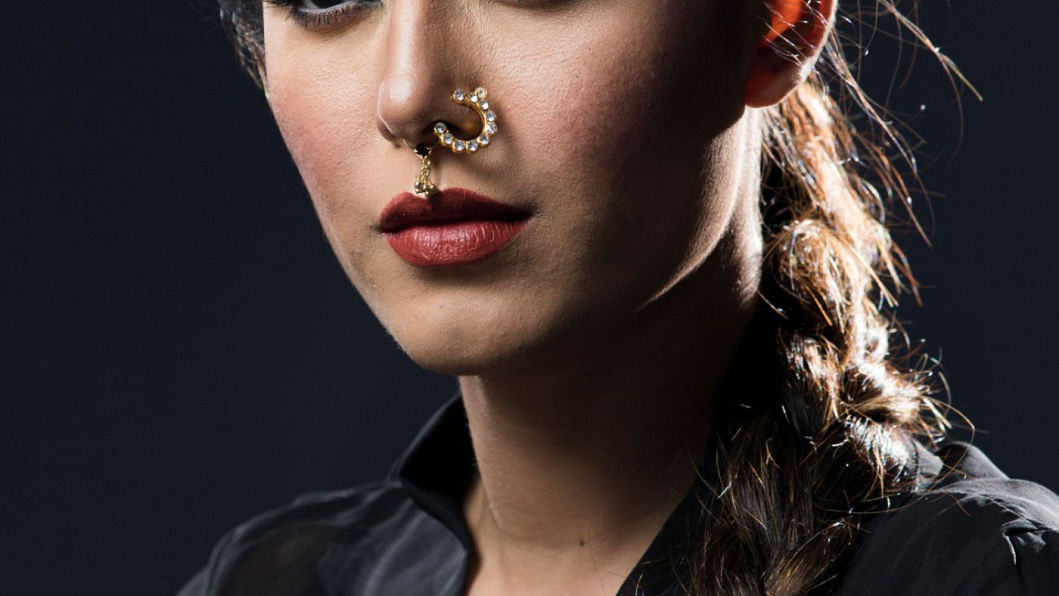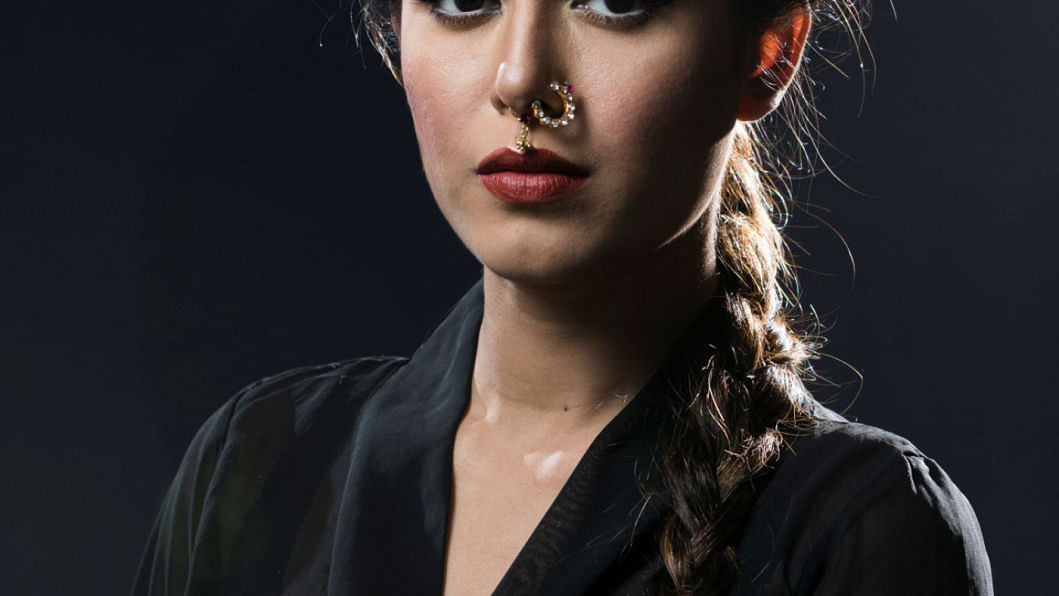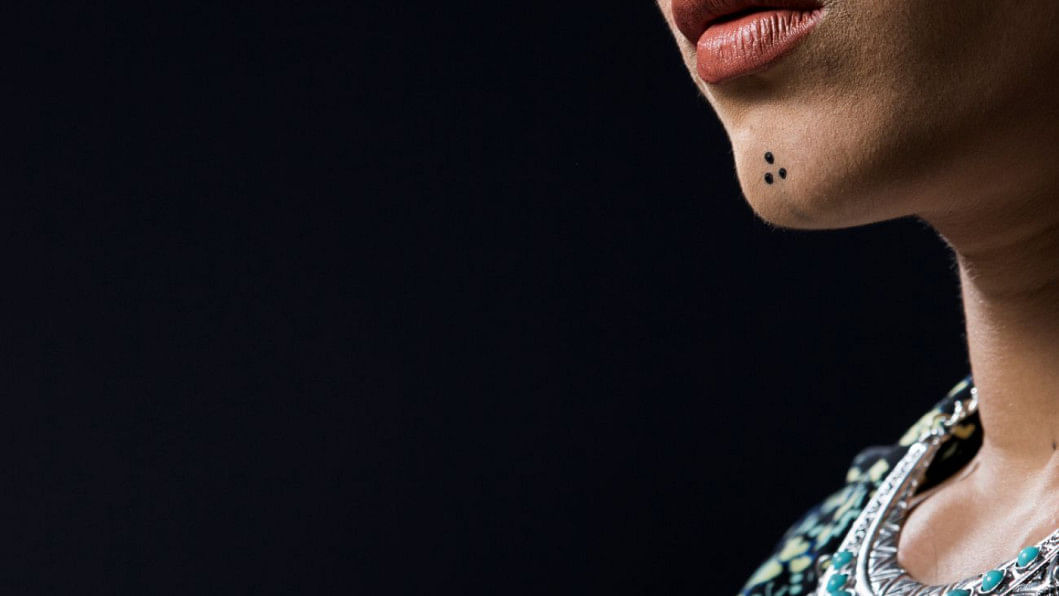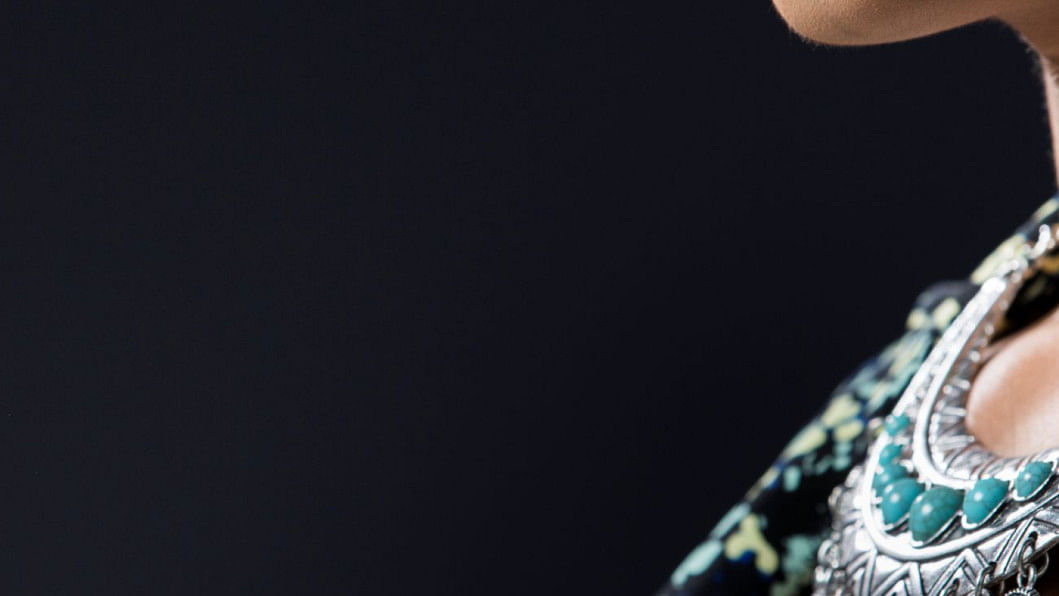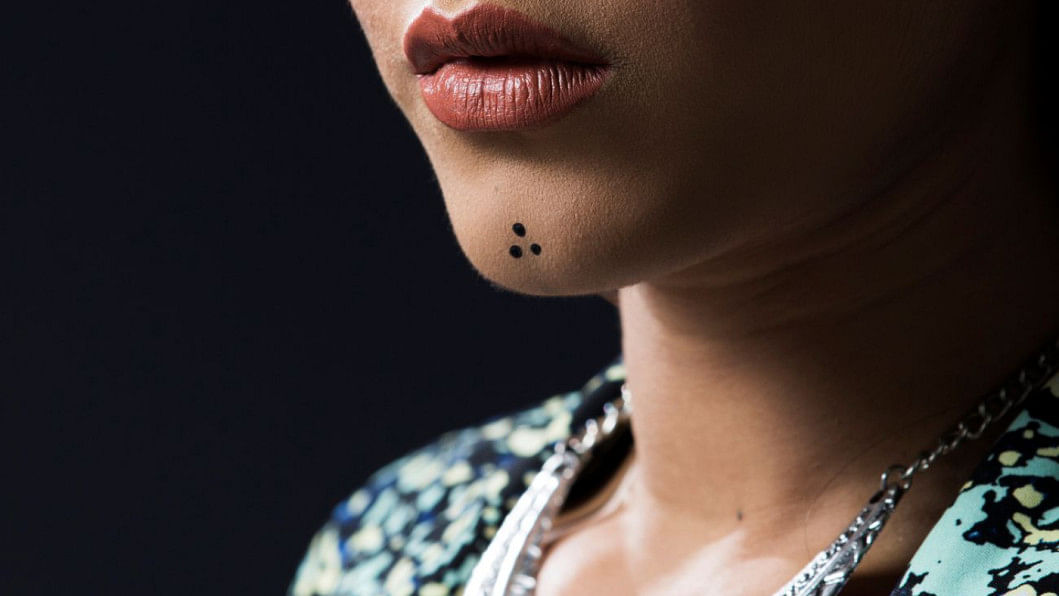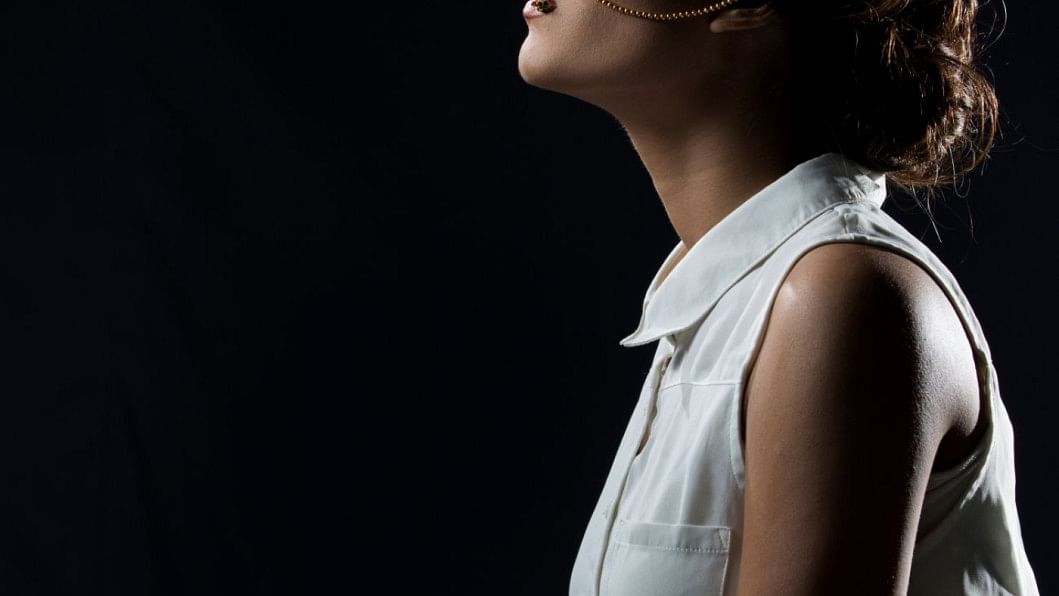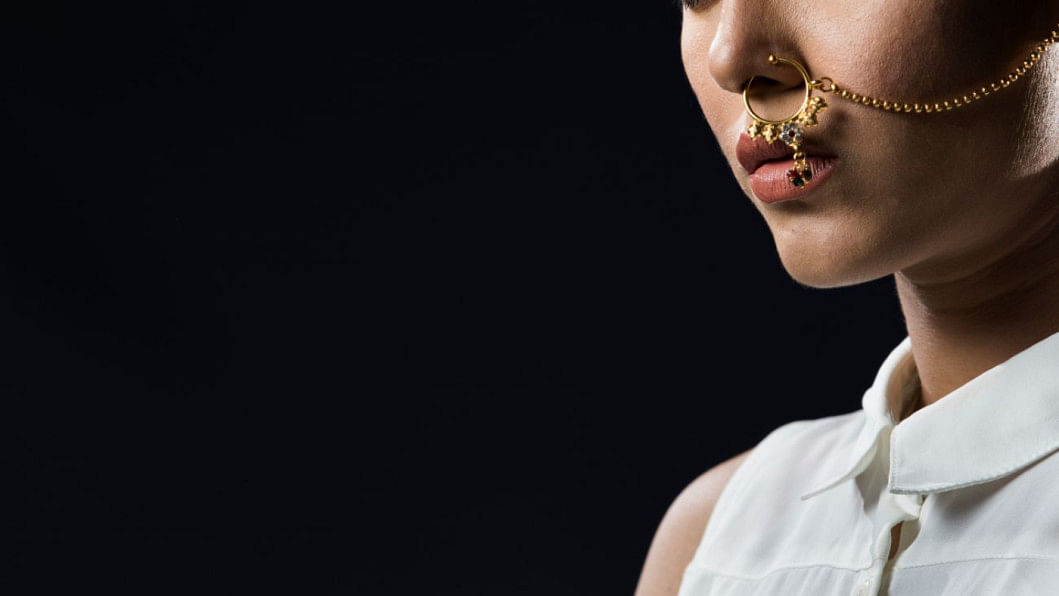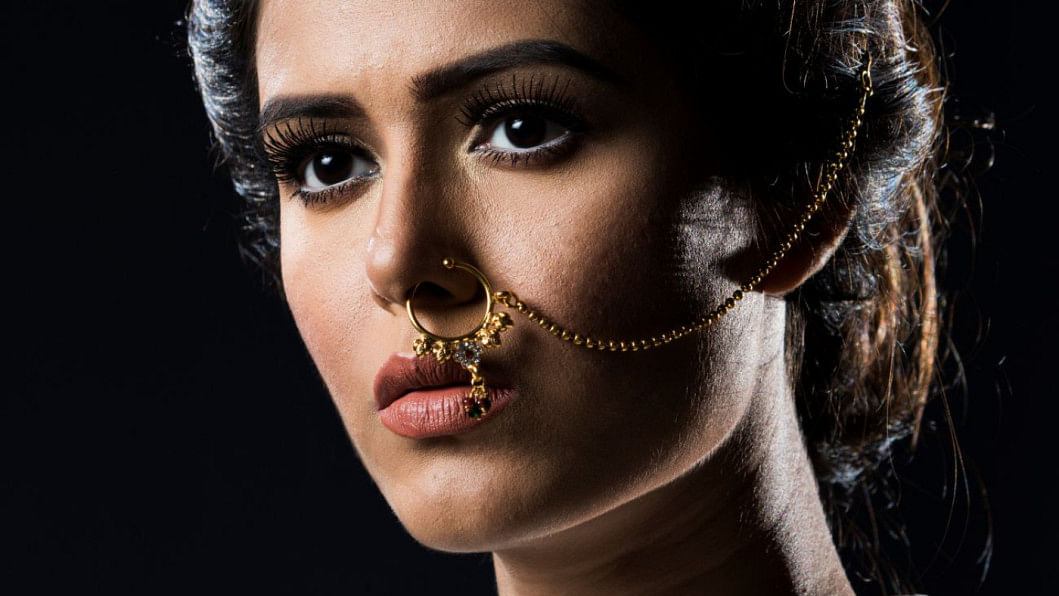Pinning Fashion!
Nose pins are a big part of tradition in many countries. Even though it was a part of Middle Eastern culture, in the 16th century, the wives of the Mughal kings of India started to wear nose pins in the most simplest of forms. The pins were floral patterned dots attached to a small stem which had a firm screw to hold it inside the nostril. They were also seen wearing big circular hoops which covered a part of their upper lip.
Nose pins are a big part of tradition in many countries. Even though it was a part of Middle Eastern culture, in the 16th century, the wives of the Mughal kings of India started to wear nose pins in the most simplest of forms. The pins were floral patterned dots attached to a small stem which had a firm screw to hold it inside the nostril. They were also seen wearing big circular hoops which covered a part of their upper lip.
Nose pins are a big part of tradition in many countries. Even though it was a part of Middle Eastern culture, in the 16th century, the wives of the Mughal kings of India started to wear nose pins in the most simplest of forms. The pins were floral patterned dots attached to a small stem which had a firm screw to hold it inside the nostril. They were also seen wearing big circular hoops which covered a part of their upper lip.
Nose pins are a big part of tradition in many countries. Even though it was a part of Middle Eastern culture, in the 16th century, the wives of the Mughal kings of India started to wear nose pins in the most simplest of forms. The pins were floral patterned dots attached to a small stem which had a firm screw to hold it inside the nostril. They were also seen wearing big circular hoops which covered a part of their upper lip.
Nose pins are a big part of tradition in many countries. Even though it was a part of Middle Eastern culture, in the 16th century, the wives of the Mughal kings of India started to wear nose pins in the most simplest of forms. The pins were floral patterned dots attached to a small stem which had a firm screw to hold it inside the nostril. They were also seen wearing big circular hoops which covered a part of their upper lip.
Nose pins are a big part of tradition in many countries. Even though it was a part of Middle Eastern culture, in the 16th century, the wives of the Mughal kings of India started to wear nose pins in the most simplest of forms. The pins were floral patterned dots attached to a small stem which had a firm screw to hold it inside the nostril. They were also seen wearing big circular hoops which covered a part of their upper lip.
Nose pins are a big part of tradition in many countries. Even though it was a part of Middle Eastern culture, in the 16th century, the wives of the Mughal kings of India started to wear nose pins in the most simplest of forms. The pins were floral patterned dots attached to a small stem which had a firm screw to hold it inside the nostril. They were also seen wearing big circular hoops which covered a part of their upper lip.
Nose pins are a big part of tradition in many countries. Even though it was a part of Middle Eastern culture, in the 16th century, the wives of the Mughal kings of India started to wear nose pins in the most simplest of forms. The pins were floral patterned dots attached to a small stem which had a firm screw to hold it inside the nostril. They were also seen wearing big circular hoops which covered a part of their upper lip.
Nose pins are a big part of tradition in many countries. Even though it was a part of Middle Eastern culture, in the 16th century, the wives of the Mughal kings of India started to wear nose pins in the most simplest of forms. The pins were floral patterned dots attached to a small stem which had a firm screw to hold it inside the nostril. They were also seen wearing big circular hoops which covered a part of their upper lip.
Nose pins are a big part of tradition in many countries. Even though it was a part of Middle Eastern culture, in the 16th century, the wives of the Mughal kings of India started to wear nose pins in the most simplest of forms. The pins were floral patterned dots attached to a small stem which had a firm screw to hold it inside the nostril. They were also seen wearing big circular hoops which covered a part of their upper lip.
Nose pins are a big part of tradition in many countries. Even though it was a part of Middle Eastern culture, in the 16th century, the wives of the Mughal kings of India started to wear nose pins in the most simplest of forms. The pins were floral patterned dots attached to a small stem which had a firm screw to hold it inside the nostril. They were also seen wearing big circular hoops which covered a part of their upper lip.
Nose pins are a big part of tradition in many countries. Even though it was a part of Middle Eastern culture, in the 16th century, the wives of the Mughal kings of India started to wear nose pins in the most simplest of forms. The pins were floral patterned dots attached to a small stem which had a firm screw to hold it inside the nostril. They were also seen wearing big circular hoops which covered a part of their upper lip.
Nose pins are a big part of tradition in many countries. Even though it was a part of Middle Eastern culture, in the 16th century, the wives of the Mughal kings of India started to wear nose pins in the most simplest of forms. The pins were floral patterned dots attached to a small stem which had a firm screw to hold it inside the nostril. They were also seen wearing big circular hoops which covered a part of their upper lip.
Nose pins are a big part of tradition in many countries. Even though it was a part of Middle Eastern culture, in the 16th century, the wives of the Mughal kings of India started to wear nose pins in the most simplest of forms. The pins were floral patterned dots attached to a small stem which had a firm screw to hold it inside the nostril. They were also seen wearing big circular hoops which covered a part of their upper lip.
Nose pins are a big part of tradition in many countries. Even though it was a part of Middle Eastern culture, in the 16th century, the wives of the Mughal kings of India started to wear nose pins in the most simplest of forms. The pins were floral patterned dots attached to a small stem which had a firm screw to hold it inside the nostril. They were also seen wearing big circular hoops which covered a part of their upper lip.
Nose pins are a big part of tradition in many countries. Even though it was a part of Middle Eastern culture, in the 16th century, the wives of the Mughal kings of India started to wear nose pins in the most simplest of forms. The pins were floral patterned dots attached to a small stem which had a firm screw to hold it inside the nostril. They were also seen wearing big circular hoops which covered a part of their upper lip.
